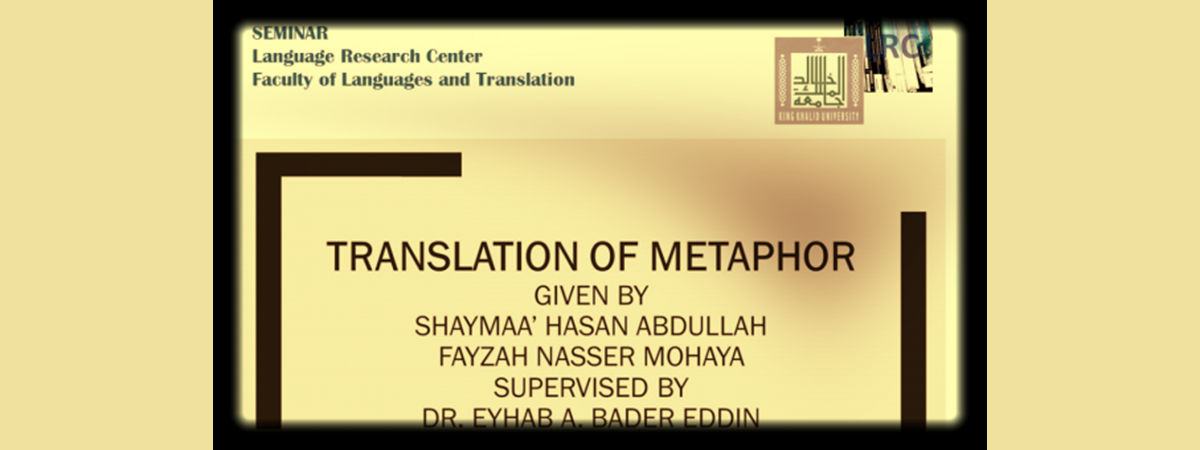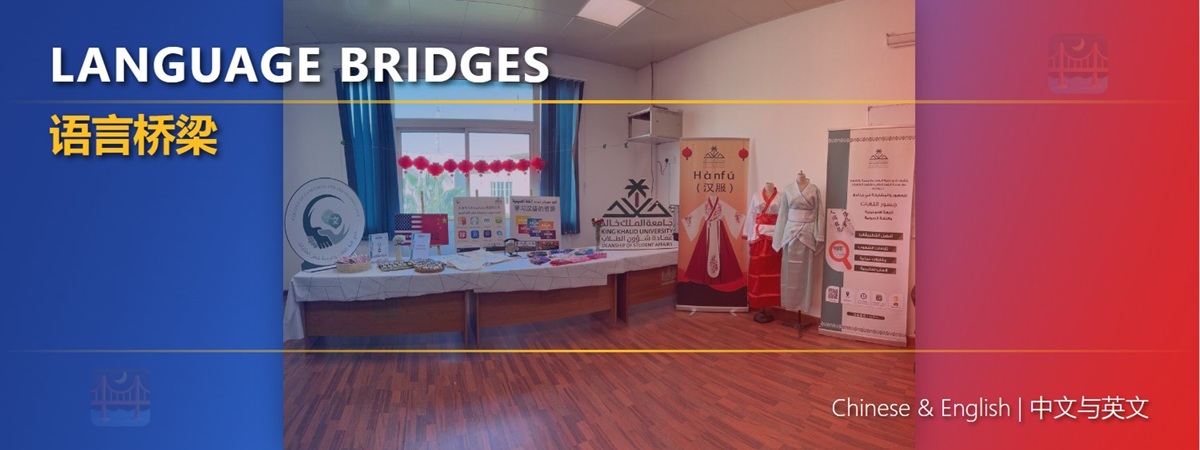
Translation of Metaphor
On November 29, 2017, the Language Research Center hosted a seminar featuring a presentation by MA students Shaymaa' Hasan Abdullah and Fayzah Nasser Mohaya. Titled 'Translation of Metaphor,' their talk was based on research conducted under the supervision of Dr. Eyhab A. Bader Eddin. The discussion focused on the distinct strategies in metaphor translation, specifically deliberating on whether to adopt a literal or a free translation approach.
The students’ analysis implicitly drew upon Eugene Nida's concepts of Formal Equivalence versus Dynamic Equivalence and Peter Newmark's Semantic Translation versus Communicative Translation. To illustrate their points, they provided a table comparing and contrasting various types of metaphors, complete with examples and suggestions for the most effective translation approach for each metaphor type.
They began by clarifying the concept of a metaphor and how it can be analyzed, focusing on its two key components: the tenor and the vehicle. They went on to discuss different types of metaphors, such as dead metaphors, adapted metaphors, clichés, etc., providing illustrative examples.
The students also delved into the challenges associated with translating metaphors. They identified cultural knowledge gaps in the target language and the difficulty in finding accurate language equivalents as some of the primary issues when using a literal translation approach. They further emphasized the importance of accurately translating metaphorical language to avoid misinterpretations and demonstrated instances where literal translations led to semantic complications with metaphorical texts.
In conclusion, Shaymaa and Fayzah suggested that dead, adapted, and original metaphors can be effectively translated using both literal and free approaches.
The seminar, which included online participation from the Graigor campus, was highly interactive, with numerous questions and comments from the attendees, demonstrating its overall success.
